Table of Contents
- What Exactly Is Chili Powder Anyway?
- From Mild to Wild: Types of Chili Powder Around the World
- How to Use Chili Powder Like a Pro Chef
- DIY Alert: Make Your Own Chili Powder at Home!
- Chili Powder vs. Cayenne – What's the Real Difference?
- Is Chili Powder Good for You? Let's Find Out!
- Storage Secrets: Keep That Spice Fresh Longer
- Spice Level Showdown: A Visual Guide to Chili Powders
- Cultural Significance: How Chili Powder Tells Stories of Place
- Frequently Asked Questions
What Exactly Is Chili Powder Anyway?
If you've ever looked into your spice drawer and wondered, "Wait… is chili powder just crushed-up peppers?" then congratulations—you're asking the right question. But the truth is juicier than that.
Chili powder is not a single spice. It's more like a flavor-packed squad of ground dried chilies and sometimes blended with other spices like cumin, garlic powder, oregano, or even salt. It varies by region and brand—kind of like how every grandma has her own secret recipe for chili con carne. What many don't realize is that the specific terroir where chilies are grown dramatically affects their final flavor profile, creating subtle differences even among identical varieties.
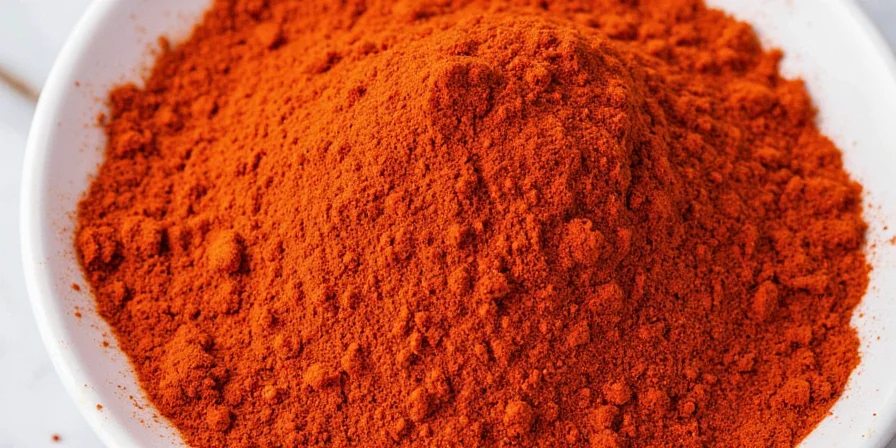
Photo: Colorful variety of chili powders ready to spice up your life.
From Mild to Wild: Types of Chili Powder Around the World
Let's take a global tour of chili powders because no two are created equal—and that's a good thing. Each variety tells a story of its origin, climate, and traditional uses.
- Ancho Chili Powder: Made from dried poblanos, this Mexican staple offers sweet, smoky notes perfect for mole sauces. The drying process transforms fresh poblanos' grassy notes into complex raisin-like sweetness.
- Cayenne Powder: This single-variety powder packs consistent heat. Unlike blended chili powders, cayenne delivers predictable spiciness essential for precise recipe execution.
- Paprika (Mild Version): Hungarian paprika undergoes specific drying techniques that preserve its vibrant color while minimizing heat—making it both seasoning and natural food coloring.
- Chipotle Powder: Smoked and dried jalapeños. The smoking process adds complexity that regular dried jalapeños lack, creating that distinctive campfire essence.
- Chinese Five Spice Chili Blend: Often overlooked in Western kitchens, this blend incorporates star anise and Sichuan peppercorns alongside chilies for that signature mouth-tingling sensation.
How to Use Chili Powder Like a Pro Chef
Chili powder isn't just for chili. Let's break out of that mold—literally. Here are some fun and unexpected ways to use this vibrant spice:
- Add to Chocolate: A pinch of ancho chili powder makes dark chocolate taste like a love letter from Mexico. The capsaicin enhances chocolate's natural fruit notes.
- Spice Up Popcorn: Toss freshly popped kernels with melted butter and a dash of chili powder. Instant gourmet snack with professional-level flavor layering.
- Boost Your Smoothie: Add a tiny sprinkle to a mango or pineapple smoothie for a tropical kick that wakes up your taste buds without overwhelming sweetness.
- Rub for Grilled Meats: Mix with salt, pepper, and oil for a killer dry rub. The secret? Toast the chili powder first to release its essential oils for deeper flavor penetration.
- Bake It In: Chili-spiced brownies create a surprising flavor contrast that balances sweetness with subtle warmth.
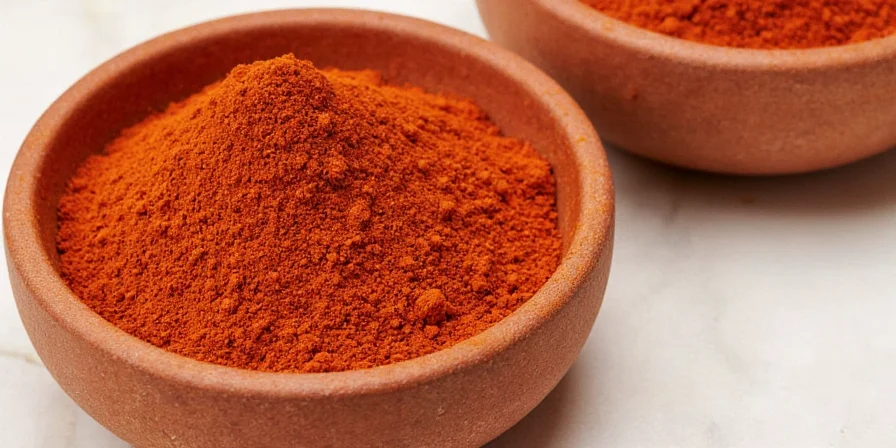
Photo: Chili powder giving grilled steak the spicy glow-up it deserves.
DIY Alert: Make Your Own Chili Powder at Home!
Buying pre-ground chili powder is great, but if you want total control over flavor and heat level, making your own is the way to go. Commercial blends often contain fillers or inconsistent ratios.
Step-by-Step Homemade Chili Powder Recipe
- Dry roast whole dried chilies (like guajillo, ancho, or pasilla) in a pan until fragrant (don't burn them). This crucial step develops flavor compounds that grinding raw chilies won't achieve.
- Remove stems and seeds. The fewer seeds, the milder the powder. For nuanced heat, keep some seeds from hotter varieties like arbol.
- Grind in a spice grinder or high-speed blender until fine. Sift and regrind any coarse particles for professional texture.
- Add complementary spices: 1 tsp cumin seeds toasted and ground per cup of chili powder enhances earthiness without overpowering.
- Store in an airtight container away from light and moisture. Freshly made powder reaches peak flavor after 2 weeks as flavors meld.
Chili Powder vs. Cayenne – What's the Real Difference?
Many people mix up these two, especially when both come in red, dusty form. Let's set the record straight:
| Feature | Chili Powder | Cayenne Powder |
|---|---|---|
| Main Ingredient | Mixed dried chilies + optional additives | Dried, ground cayenne peppers |
| Heat Level | Mild to moderate | Hot (Scoville 30,000–50,000) |
| Flavor Complexity | Balanced with earthy, sweet notes | Primarily heat with minimal complexity |
| Best For | Savory dishes, soups, stews | Kickstarting heat in recipes |
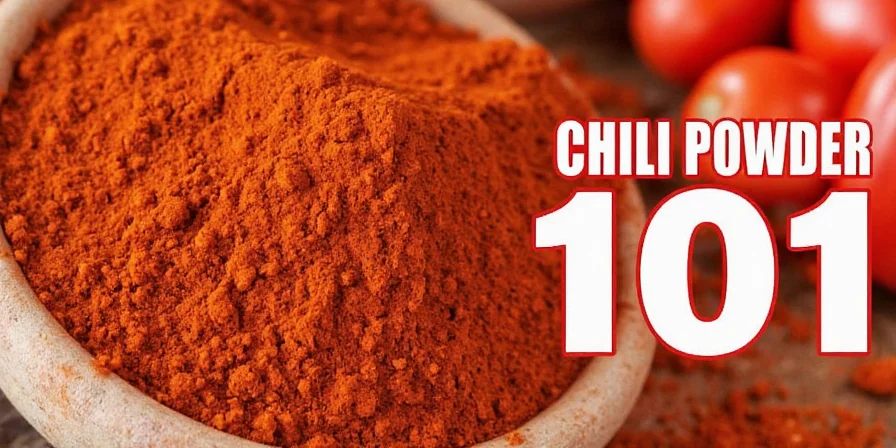
Photo: Chili powder and cayenne side by side for visual comparison.
Is Chili Powder Good for You? Let's Find Out!
Research suggests chili powder may offer certain wellness benefits when consumed as part of a balanced diet:
- Potential Metabolism Support: Some studies indicate capsaicin may temporarily increase metabolic rate, though effects vary by individual.
- Antioxidant Properties: Rich in carotenoids and flavonoids, particularly in red chili varieties.
- Dietary Source of Vitamins: Contains vitamin A, vitamin C, and B vitamins depending on the specific chilies used.
- Culinary Flavor Enhancer: Allows reduction of salt in dishes while maintaining flavor complexity.
Storage Secrets: Keep That Spice Fresh Longer
Want your chili powder to last longer and keep its zesty punch? Store it like you store your dignity—in a safe, cool place.
- Keep in airtight containers (amber glass jars block light better than clear)
- Store in a cool, dark pantry—not above the stove where heat builds up
- Consider refrigeration for homemade blends without preservatives
- Label and date your homemade blends; most retain peak quality for 6-12 months
- Revive stale powder by toasting briefly in a dry pan before use
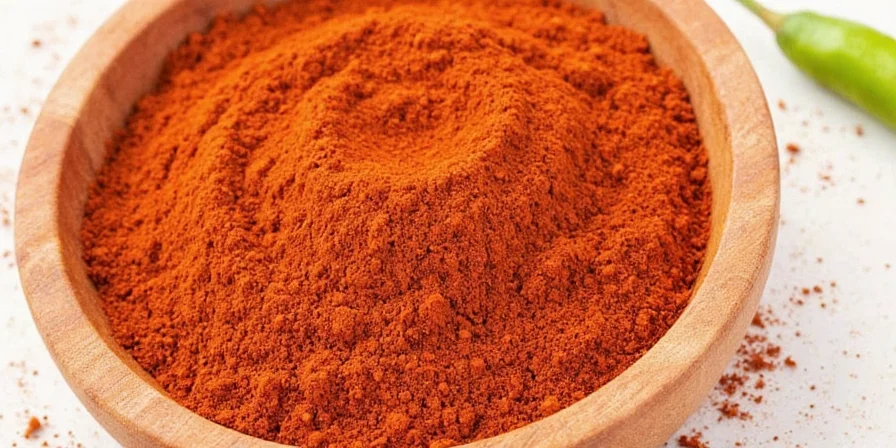
Photo: A well-stocked spice rack with clearly labeled chili powders.
Spice Level Showdown: A Visual Guide to Chili Powders
Still confused about which chili powder will make your eyes water and which just whispers warmth? Check out our handy chart:
| Chili Powder Type | Flavor Profile | Scoville Heat Units (SHU) |
|---|---|---|
| Smoked Paprika | Earthy, sweet, smoky | 100–1,000 SHU |
| Ancho Powder | Fruity, slightly sweet | 1,000–2,000 SHU |
| Guajillo Powder | Berry-like, mild heat | 2,500–5,000 SHU |
| Chipotle Powder | Smoky, medium-hot | 5,000–10,000 SHU |
| Cayenne Powder | Sharp, fiery | 30,000–50,000 SHU |
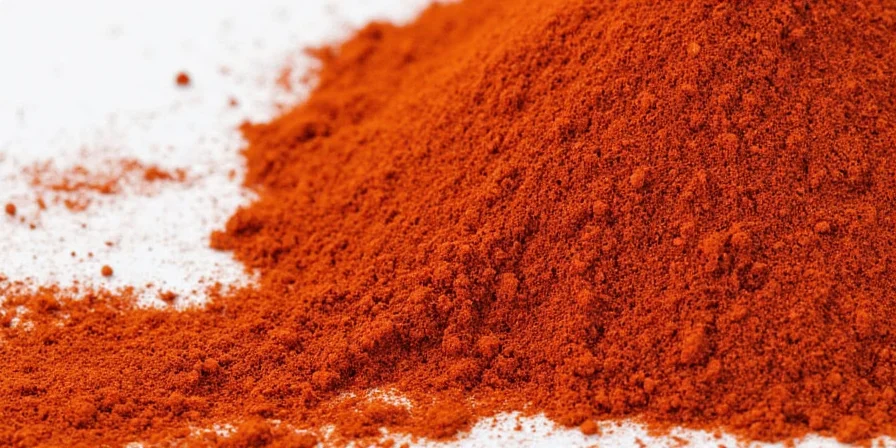
Photo: Visual guide to Scoville heat levels for common chilies.
Cultural Significance: How Chili Powder Tells Stories of Place
Beyond heat measurement, chili powders carry cultural narratives. New Mexico's Hatch valley produces chilies with distinct minerality from its volcanic soil. Peruvian aji panca powder carries hints of berry notes from Andean microclimates. Japanese ichimi togarashi blends often include sansho pepper for that unique numbing sensation. Understanding these regional variations transforms cooking from following recipes to participating in global culinary traditions. When you use authentic regional chili powders, you're not just adding flavor—you're connecting with centuries of agricultural heritage.
Frequently Asked Questions
Can I substitute chili powder for paprika in recipes?
Yes, but with considerations. Sweet paprika makes the closest substitute for mild chili powder. For hotter profiles, add a pinch of cayenne to your paprika. Note that chili powder typically contains additional spices like cumin and garlic powder that paprika lacks, so your dish may miss those flavor dimensions.
Why does my chili powder lose potency so quickly?
Chili powder degrades when exposed to light, air, and moisture. The volatile compounds responsible for flavor and heat evaporate over time. For longest shelf life, store in an opaque container in a cool, dark place. Commercial blends often contain anti-caking agents that accelerate flavor loss compared to pure ground chilies.
What's the difference between chili powder and chili flakes?
Chili flakes are simply dried, crushed chilies retaining their fibrous texture, while chili powder is ground to a fine consistency. Powder provides more even distribution in dishes and dissolves completely, whereas flakes offer visible specks and more intense localized heat. Powder works better in sauces and batters, while flakes excel in finishing dishes where texture matters.
How can I reduce the heat of chili powder in a dish that's already too spicy?
Acidic ingredients like lime juice or vinegar can help neutralize capsaicin. Dairy products like yogurt or sour cream provide temporary relief by binding to capsaicin molecules. Adding starches like rice or potatoes absorbs some heat. For future reference, toast your chili powder before use—this actually reduces perceived heat while enhancing flavor complexity.
Does organic chili powder taste different than conventional?
Not necessarily in flavor, but potentially in purity. Organic certification ensures no synthetic pesticides were used, which matters more for flavor when growing conditions affect the plant's stress response. Some chefs note subtle differences in terroir expression with organic chilies, as the plants develop different defense compounds when grown without chemical interventions.
Conclusion
Chili powder represents one of culinary world's most versatile flavor tools, bridging the gap between simple seasoning and cultural storytelling. Understanding its nuances—from regional variations to proper storage—transforms ordinary cooking into an exploration of global traditions. Whether you're crafting your own blend or selecting the perfect commercial variety, remember that each pinch carries centuries of agricultural wisdom. The next time you reach for that red powder, consider the journey it took from sun-drenched fields to your kitchen, and let that awareness deepen your cooking experience. After all, the most memorable dishes tell stories worth savoring.
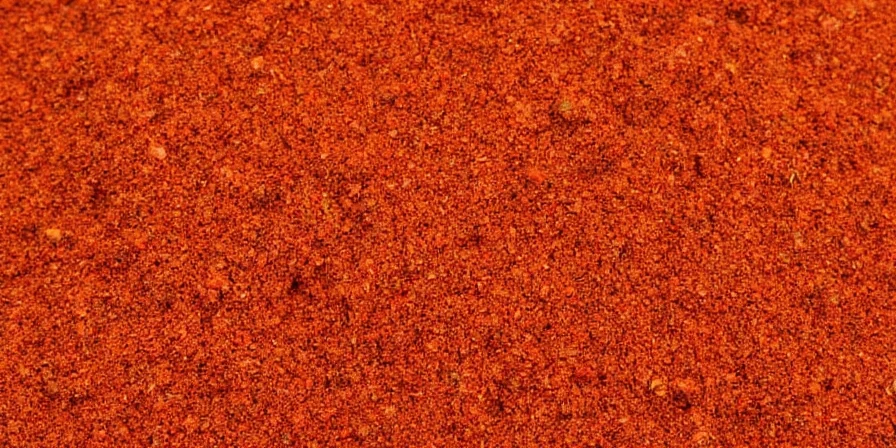
Photo: A happy chef savoring a chili-spiced masterpiece.

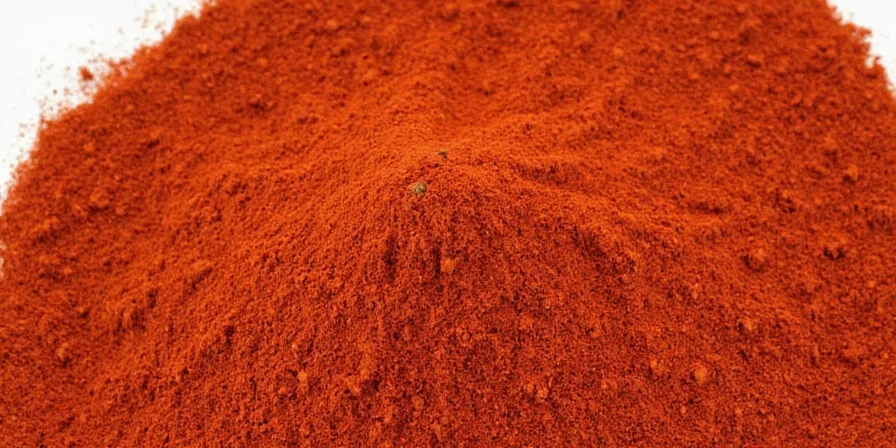









 浙公网安备
33010002000092号
浙公网安备
33010002000092号 浙B2-20120091-4
浙B2-20120091-4